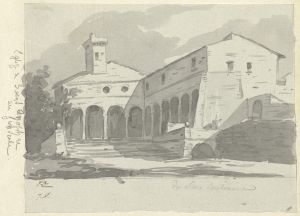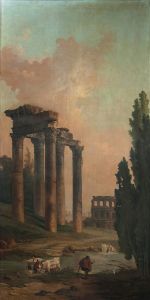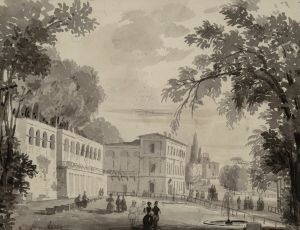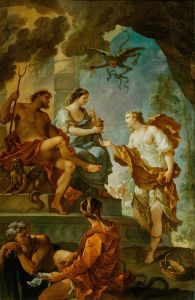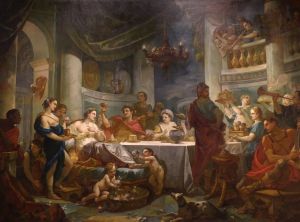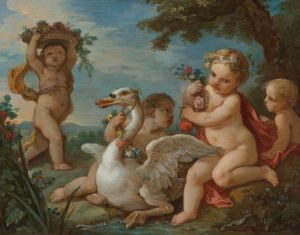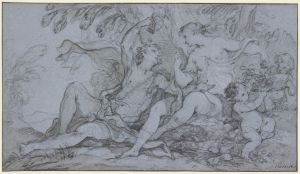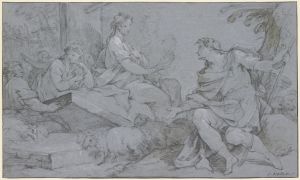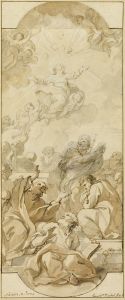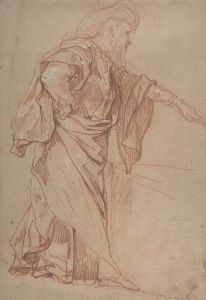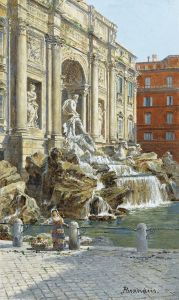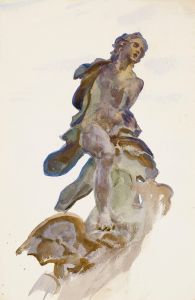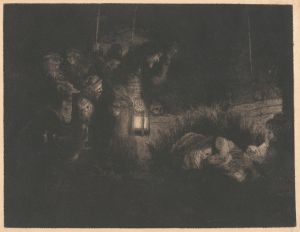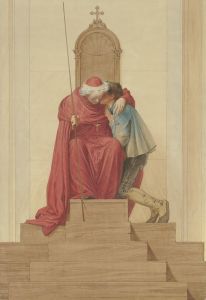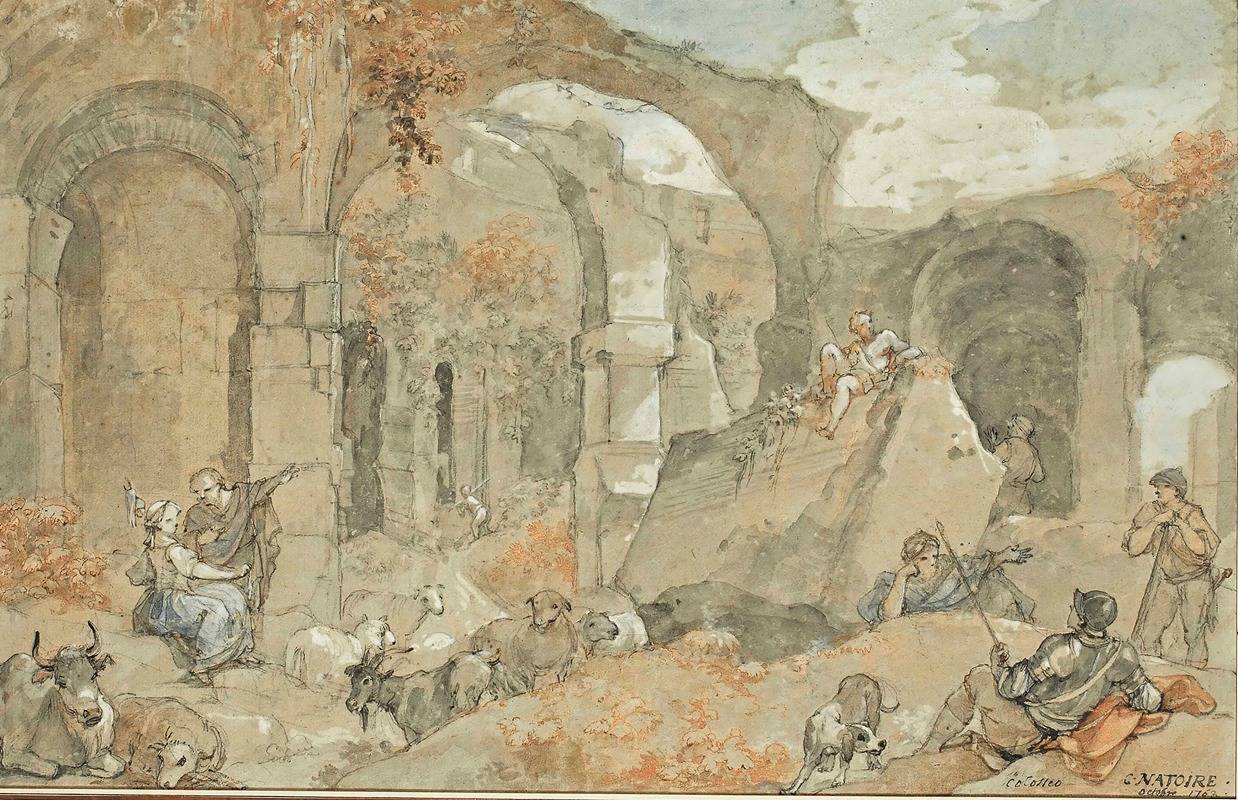
L’intérieur Du Colisée Avec Bergers Et Animaux
A hand-painted replica of Charles-Joseph Natoire’s masterpiece L’intérieur Du Colisée Avec Bergers Et Animaux, meticulously crafted by professional artists to capture the true essence of the original. Each piece is created with museum-quality canvas and rare mineral pigments, carefully painted by experienced artists with delicate brushstrokes and rich, layered colors to perfectly recreate the texture of the original artwork. Unlike machine-printed reproductions, this hand-painted version brings the painting to life, infused with the artist’s emotions and skill in every stroke. Whether for personal collection or home decoration, it instantly elevates the artistic atmosphere of any space.
Charles-Joseph Natoire's painting L’intérieur Du Colisée Avec Bergers Et Animaux (translated as The Interior of the Colosseum with Shepherds and Animals) is a work by the French Rococo artist, who was active during the 18th century. Natoire, born in 1700 in Nîmes, France, was a prominent painter and draughtsman known for his decorative works, religious compositions, and landscapes. He was a key figure in the Rococo movement, which emphasized ornate detail, lightness, and elegance.
This particular painting depicts the interior of the Colosseum in Rome, a subject that reflects the artist's interest in classical antiquity and the ruins of ancient Rome. The Colosseum, an iconic amphitheater built during the Roman Empire, had become a popular subject for artists during the 18th century, as it symbolized the grandeur and decay of ancient civilization. In Natoire's depiction, the Colosseum is shown in a state of picturesque ruin, a theme that resonated with the Romantic and Neoclassical fascination with the passage of time and the remnants of history.
The composition features shepherds and animals within the Colosseum, a common motif in 18th-century art that juxtaposed the monumental architecture of the past with the pastoral simplicity of the present. This contrast highlights the transformation of the Colosseum from a site of public spectacle in antiquity to a quiet, rural setting in Natoire's time. The inclusion of shepherds and livestock also reflects the actual use of the Colosseum during the 18th century, when parts of the structure were repurposed for agricultural activities.
Natoire's treatment of light and texture in the painting captures the interplay between the natural environment and the ancient ruins. The artist's skillful use of color and detail brings out the weathered stone of the Colosseum and the lush vegetation that had overgrown parts of the structure. This approach aligns with the aesthetic sensibilities of the Rococo period, which often celebrated the beauty of nature and the charm of decay.
Charles-Joseph Natoire spent a significant portion of his career in Rome, where he served as the director of the French Academy from 1751 to 1775. His time in Italy deeply influenced his artistic style and subject matter, as seen in works like L’intérieur Du Colisée Avec Bergers Et Animaux. The painting is an example of how Natoire combined his classical training with the Rococo's emphasis on elegance and atmosphere.
The exact date of the painting's creation is not definitively documented, but it is consistent with Natoire's broader body of work during his Roman period. The painting is notable for its historical and artistic value, offering insight into 18th-century perceptions of ancient ruins and the blending of classical and pastoral themes.
Further details about the painting's current location or provenance are not readily available.





